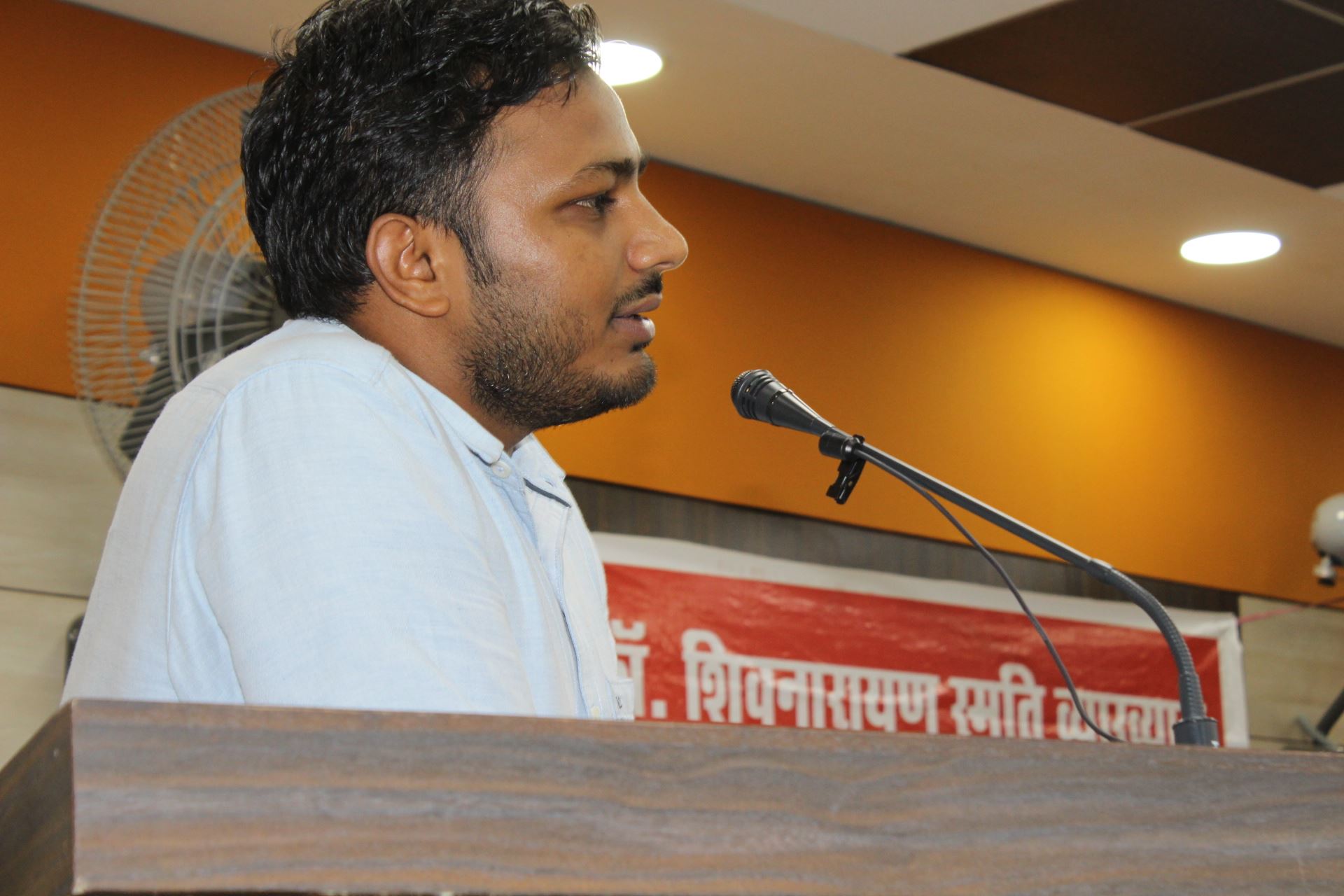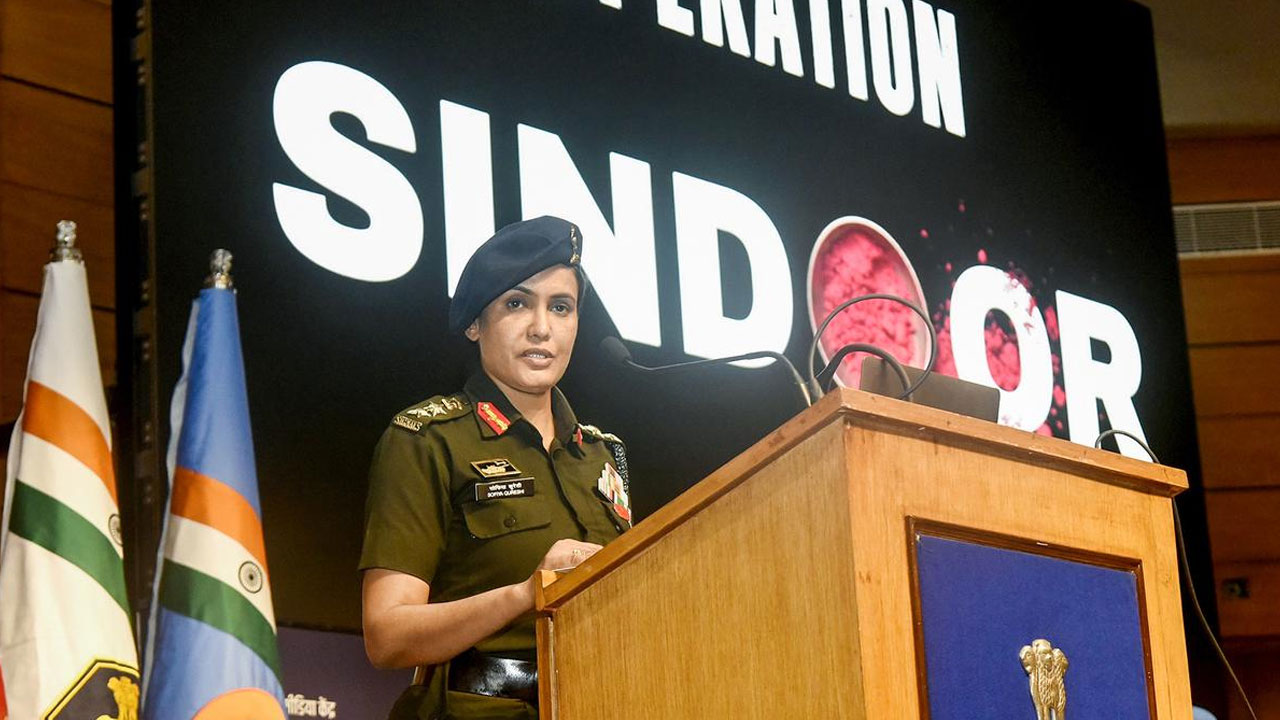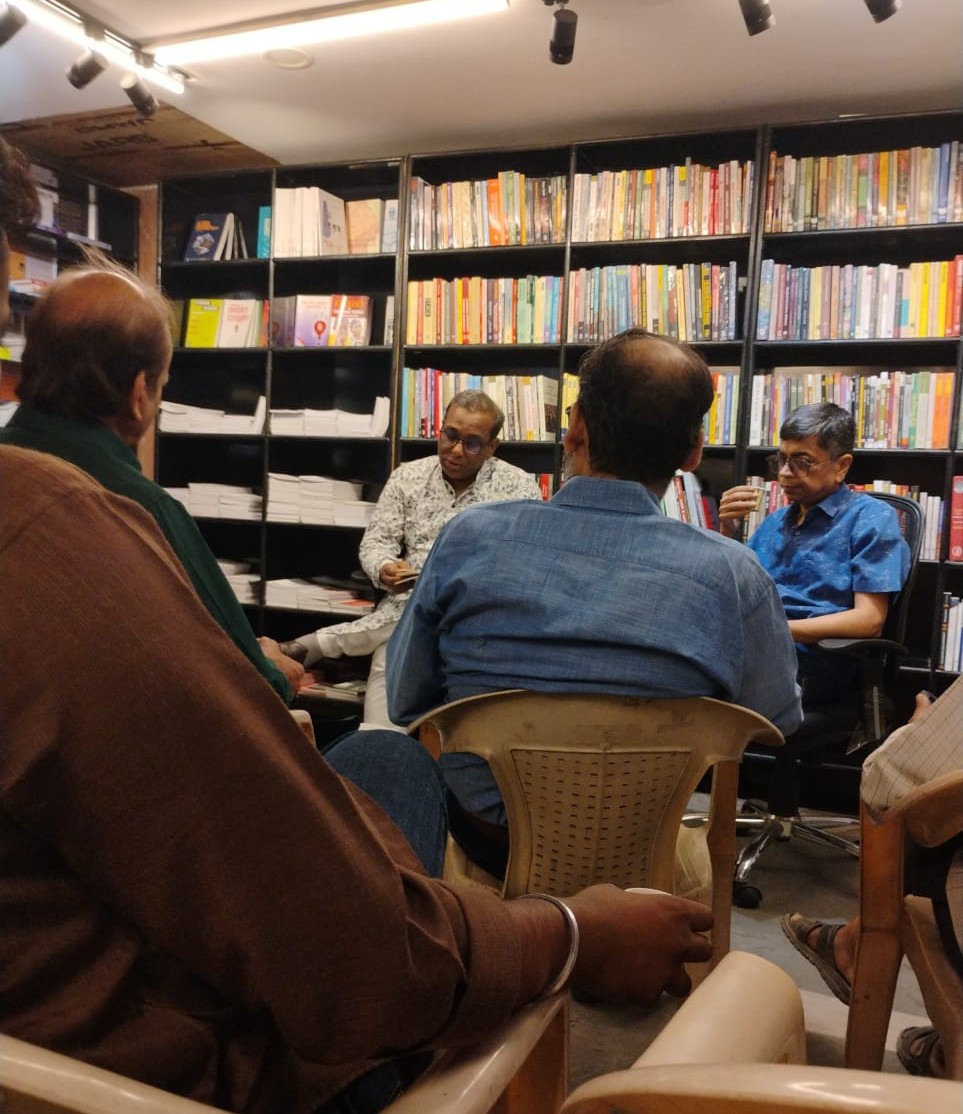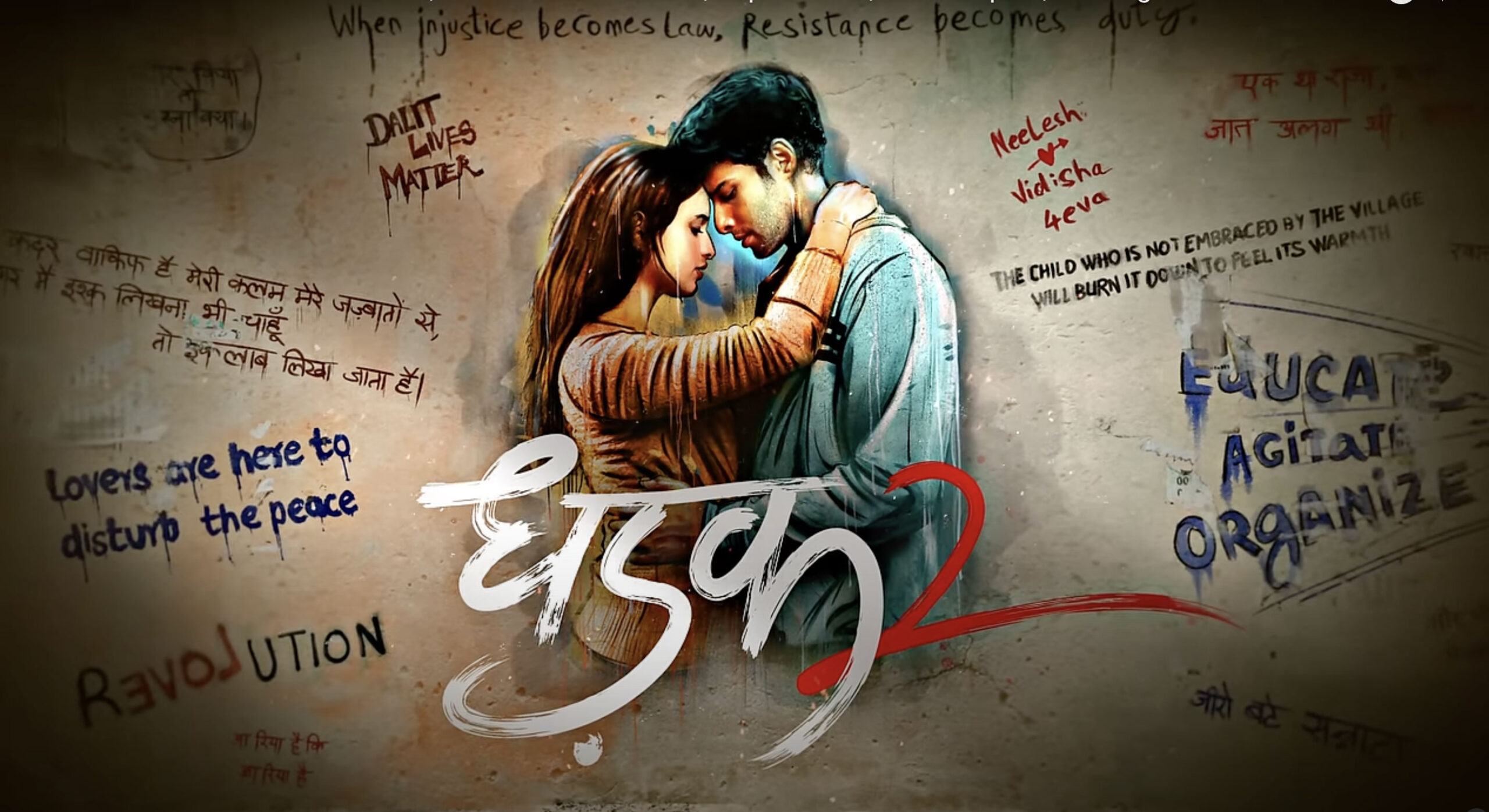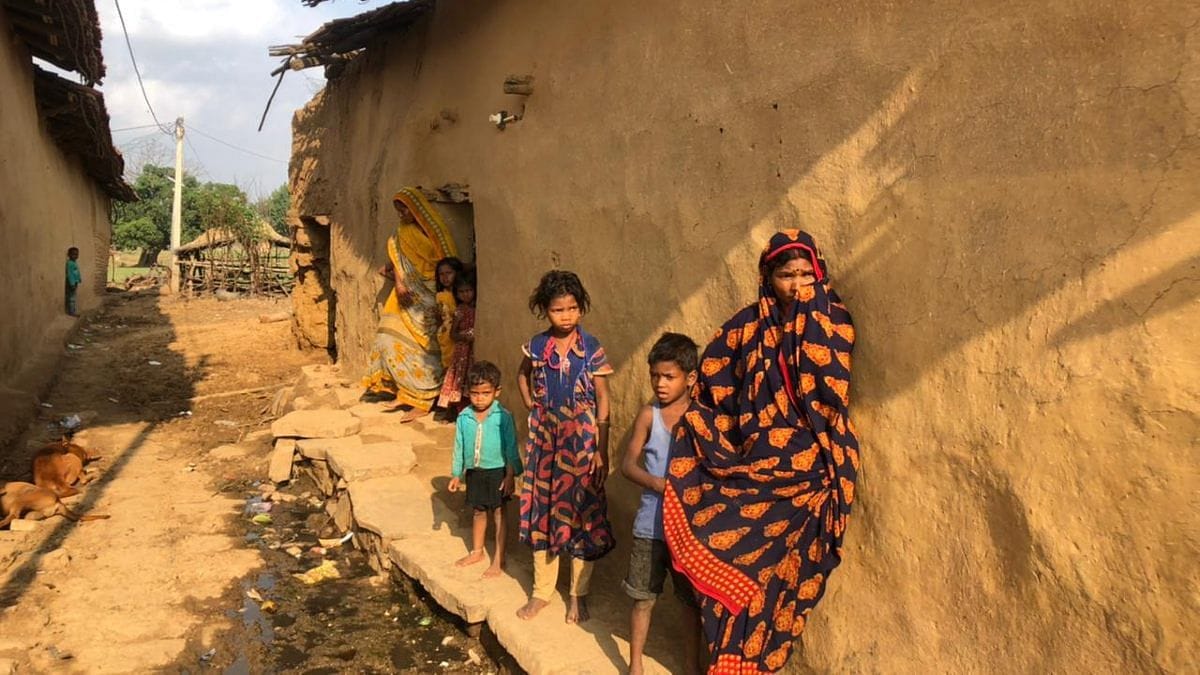Caste-based reservation in jobs and educational institutions has been the subject matter of debate and discussion for at least 113 years now. The concept of reservations, its gradual evolution and its history, and debates on caste-based reservations in Parliament and state legislatures have had deep and wide impact on our society and polity.
Genesis in 1902
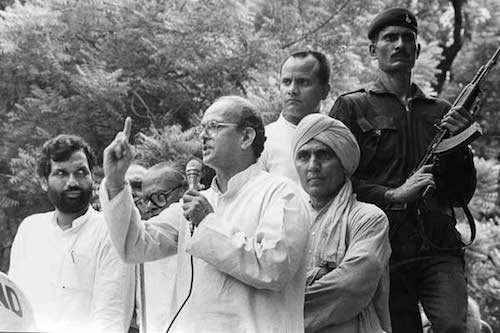 In 1902, for the first time, the king of Kolhapur, Sahuji Maharaj, introduced reservations in his administration. Since then, the country has witnessed bitter battles between the supporters and opponents of reservation. This battle assumed more significance than the national liberation movement against British imperialism, peasants’ movements, labour movements, left politics, JP movement and Hindu-Muslim disputes – all taken together. After Independence, Congress’ failure to resolve the problems confronting the nation triggered secessionist movements in many parts of the country. This bewilderingly diverse country needed a movement that had the potential to unite it. None of the post-Independence political movements, including those of peasants and industrial workers, as well as JP’s “total revolution” and the RSS-Janasangh’s Hindutva movement, could gain acceptability throughout the country. Dr Ram Manohar Lohia’s anti-Congress movement did acquire a somewhat pan-Indian character when, in 1967, non-Congress coalition governments were formed in many states, including in south India. Dr Lohia’s anti-Congressism was based on a single slogan demanding reservations – “Picchde payein sau mein saath” (Backwards should get sixty out of hundred). The untimely demise of Dr Lohia in 1968 ended the possibility of the emergence of such opposition politics at the national level. In the meantime, many states granted reservations to the Backwards.
In 1902, for the first time, the king of Kolhapur, Sahuji Maharaj, introduced reservations in his administration. Since then, the country has witnessed bitter battles between the supporters and opponents of reservation. This battle assumed more significance than the national liberation movement against British imperialism, peasants’ movements, labour movements, left politics, JP movement and Hindu-Muslim disputes – all taken together. After Independence, Congress’ failure to resolve the problems confronting the nation triggered secessionist movements in many parts of the country. This bewilderingly diverse country needed a movement that had the potential to unite it. None of the post-Independence political movements, including those of peasants and industrial workers, as well as JP’s “total revolution” and the RSS-Janasangh’s Hindutva movement, could gain acceptability throughout the country. Dr Ram Manohar Lohia’s anti-Congress movement did acquire a somewhat pan-Indian character when, in 1967, non-Congress coalition governments were formed in many states, including in south India. Dr Lohia’s anti-Congressism was based on a single slogan demanding reservations – “Picchde payein sau mein saath” (Backwards should get sixty out of hundred). The untimely demise of Dr Lohia in 1968 ended the possibility of the emergence of such opposition politics at the national level. In the meantime, many states granted reservations to the Backwards.
Mandal: A common thread
Since Independence, the need for a common thread that would keep this great nation together was being felt. That need was fulfilled in 1990 when Mandal gave one name, one identity and one spirit – that of OBC – to around 60 per cent of the nation’s population. No one can deny that only social justice can keep this country together and preserve its unity and integrity. This is what the history of the United States of America teaches us, where Abraham Lincoln saved his country from breaking up by uprooting the system of slavery and thus promoting social justice. If today, the US is the world’s supreme power it is because at a delicate and decisive turning point in its history, its destiny was being presided over by a leader who stoutly stood for social justice. It was social justice (for socialism can be described as social justice) that enabled Lenin to bring many different nationalities under the banner of the Soviet Union. Subsequently, as socialism weakened because of the supremacist tendencies of the Russians, separatism struck root among the various nationalities, ultimately leading to the collapse of the Soviet Union. In the 21st century, socialism and communism have become passé and have been replaced by new concepts like social justice, democracy, sustainable development and green politics.
Need for reservations
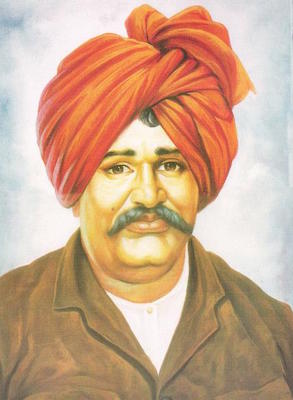 To understand the politics of reservations in its entirety and with all its complexities, one would do well to study why Sahuji Maharaj introduced reservations in his kingdom. On 19 February 1919, he wrote to his British friend, Colonel Woodhouse, “You know, since my boyhood, it has been my pride and a cherished object to overrule and break down Brahmin bureaucracy.” He wrote to another of his British friends, Lord Sydenham, in September 1918, “Although the British are the rulers of the country, the real power rests with the Brahmin officers who pervade every rank of the service – from the meanest clerk and the village accountant, the Kulkarni, to the highest offices – and predominate even in the councils …Very few can realize the influence of the Brahmin bureaucracy as your lordship does. Being very strong in every branch of the service, high or low, it has its ways and means to keep other communities down, who have to submit to their exactions and dare not raise a protest even when flagrant injustice is done to them. A merchant of Kolhapur was cheated by a Brahmin pleader. When asked to prosecute the latter the former said that he had no chance of success as the judges were Brahmins, the police were Brahmins, the clerks were Brahmins and that instead of getting any redress of justice, he would make himself a marked man and that he would have to bear the consequences of Brahmin revenge. Even when I asked him to prosecute the pleader he begged to be excused and refused to move in the matter … The best way to break down this citadel of Brahmin power is to grant communal representation, not only in the councils but also in all branches of the service, high or low. It will not do to appoint a few non-Brahmins to important places. This remedy is worse than the disease … The remedy lies in granting proportionate communal representation in the subordinate and clerical positions too. Recruitment for the posts of the lowest clerks should be made from non-Brahmins and for this purpose a list of eligible candidates from those communities should be maintained, and appointments made from among them until the non-Brahmins get a percentage of posts in proportion to their numerical strength … Communal representation is the only remedy.”
To understand the politics of reservations in its entirety and with all its complexities, one would do well to study why Sahuji Maharaj introduced reservations in his kingdom. On 19 February 1919, he wrote to his British friend, Colonel Woodhouse, “You know, since my boyhood, it has been my pride and a cherished object to overrule and break down Brahmin bureaucracy.” He wrote to another of his British friends, Lord Sydenham, in September 1918, “Although the British are the rulers of the country, the real power rests with the Brahmin officers who pervade every rank of the service – from the meanest clerk and the village accountant, the Kulkarni, to the highest offices – and predominate even in the councils …Very few can realize the influence of the Brahmin bureaucracy as your lordship does. Being very strong in every branch of the service, high or low, it has its ways and means to keep other communities down, who have to submit to their exactions and dare not raise a protest even when flagrant injustice is done to them. A merchant of Kolhapur was cheated by a Brahmin pleader. When asked to prosecute the latter the former said that he had no chance of success as the judges were Brahmins, the police were Brahmins, the clerks were Brahmins and that instead of getting any redress of justice, he would make himself a marked man and that he would have to bear the consequences of Brahmin revenge. Even when I asked him to prosecute the pleader he begged to be excused and refused to move in the matter … The best way to break down this citadel of Brahmin power is to grant communal representation, not only in the councils but also in all branches of the service, high or low. It will not do to appoint a few non-Brahmins to important places. This remedy is worse than the disease … The remedy lies in granting proportionate communal representation in the subordinate and clerical positions too. Recruitment for the posts of the lowest clerks should be made from non-Brahmins and for this purpose a list of eligible candidates from those communities should be maintained, and appointments made from among them until the non-Brahmins get a percentage of posts in proportion to their numerical strength … Communal representation is the only remedy.”
These two letters of Sahuji Maharaj make it clear that the origin of reservations lay in their utility of breaking social domination. That is why the dominant social classes have strongly challenged reservations wherever in the country they have been introduced. But the learned judges of honourable courts and liberal politicians of upper castes realized that reservations were essential for protecting and preserving the unity and integrity of the country and its democratic polity. Hence, they supported reservations.
Divide and empower
In 1978, when the popular Bihar leader Karpoori Thakur drew up separate lists of backward castes and extremely backward castes and gave separate reservation quotas to them, he was only treading the path shown by Sahuji Maharaj. If Sahuji Maharaj had introduced reservations to break the monopoly of Brahmins, Karpoori Thakur envisaged that some castes, in the name of social justice, may establish their hegemony in the future. Like a true visionary, he ensured that such a contingency would never arise. Earlier, many states had introduced the concept of distinguishing between backward and extremely backward castes, and inspired by them, Karpoori Thakur implemented it in Bihar. Hailing from an extremely backward and weak caste, Karpoori Thakur was well aware of this inherent characteristic of the caste system: Whenever any caste gets an opportunity, it will try to establish its domination over the others. It was due to the provisions made by Karpoori Thakur that when, during the regime of Lalu Yadav, the Yadavs tried to establish their domination in the name of social justice, the socially and politically aware middle class that had emerged from among the extremely backward castes, courtesy of reservations, unseated Lalu. It is true that the EBCs of Bihar are still devoid of a powerful leadership but their middle class is playing its sociopolitical role effectively.
National commission’s advice
Recently, some newspapers carried reports saying that on the advice of the National Commission for Backward Classes, the Modi government is mulling division of the 27 per cent reservation quota for OBCs in government jobs and educational institutions into two or three parts. The logic is that only two-three “forward” backward castes – Yadav, Koeri and Kurmi – are monopolizing the reservation quota and other backward castes have been left high and dry. The question is whether the National Commission for Backward Classes has collected statistics regarding which caste has cornered the highest number of jobs in the central government within the OBC quota. Also, will it be enough to find out which castes have benefited the most or will data be needed to ascertain which states the members of these castes belong to?
Division at the state level
This writer, on the basis of his experience, believes that it is only in states like Uttar Pradesh, where separate lists of Backward Castes and Extremely Backward Castes have not yet been drawn up, that a handful of Backward Castes have cornered a disproportionate number of central government jobs. In states like Bihar, where such a bifurcation is in place, the EBCs are not behind the “forward” Backwards in terms of recruitments to central government jobs. Numerical strength plays a key role in electoral politics and that is why, in Bihar, the number of Yadav MPs and MLAs is decidedly higher than those of other Backward Castes. But as far as central government or even state government jobs are concerned, the EBC middle class is giving the Yadavs and Kurmis a run for their money.
The number of Class I officers hailing from EBCs is higher in Bihar and Tamil Nadu as compared with Uttar Pradesh because in Bihar and Tamil Nadu, there is a separate category of EBCs. The problem of disproportionate representation can’t be resolved by dividing the central OBC list. It can and should be done at the state level. No purpose will be served if the Centre draws up a separate list of EBCs but the states do not do so. Tomorrow, there might be demands to divide the list of Scheduled Castes at the central level on the same grounds. Again, the solution of this problem will lie in making requisite changes at the state level.
 If the states are rivers, the Centre is an ocean. If the bifurcated lists of the states become one at the central level, this will be in consonance with the character of the “ocean”. Dividing the ocean would be an audacious enterprise. Caste-based reservations are not only about social justice, they are also about national unity. Before taking any decision regarding such an extremely sensitive issue, all relevant factors should be minutely examined from all possible angles. Then, these facts and the conclusions of the government should be placed in the public domain for the sake of transparency and also for initiating a national debate and discussion.
If the states are rivers, the Centre is an ocean. If the bifurcated lists of the states become one at the central level, this will be in consonance with the character of the “ocean”. Dividing the ocean would be an audacious enterprise. Caste-based reservations are not only about social justice, they are also about national unity. Before taking any decision regarding such an extremely sensitive issue, all relevant factors should be minutely examined from all possible angles. Then, these facts and the conclusions of the government should be placed in the public domain for the sake of transparency and also for initiating a national debate and discussion.
In a recent related development, the Rajasthan government has announced 5 per cent reservation for Gujjars and some other castes and an additional 14 per cent reservation on an economic basis. In India, there can be only one basis for reservations and that is caste. Reservations on any other grounds will not only be against the basic principles of social justice but will have disastrous long-term sociopolitical implications. For instance, off and on, there are calls for providing reservations to Muslims. The UPA government had constituted a committee under the chairmanship of Rangnath Mishra to explore the possibility of providing reservations to religious and linguistic minorities. The Narasimha Rao government had issued a notification providing 10 per cent reservation for economically weaker sections, which was struck down by the Supreme Court.
Gujjars have been demanding a separate reservation quota for them. They feel that reservations will alleviate their poverty. The carrot of reservations is often dangled before the poor of the upper castes just as it was done by Rajasthan’s Vasundhara Raje government recently. This perception is wrong. Reservation is not a poverty-alleviation measure. This carrot may bring some votes to some political parties but history will hold them accountable for pushing society and politics backward. If reservations could alleviate poverty, Dalits, who have been getting reservations since the British era, would have been freed from poverty. Reservations created an educated middle class among the Dalits, who became their voice. It was reservations that enabled Kanshi Ram to build a powerful movement.
Reservations cannot uproot poverty. It requires other remedies. In fact, poverty has no connection with reservations. Reservations are meant to provide representation in power to all sections. It is meant to ensure that the deprived castes become partners in the governmental, administrative and democratic institutions so that the roots of the Indian nation state are strengthened. We must not forget that India is still an evolving nation. The concept of social justice and its actualization will make the structural design of this evolving nation quake-resistant.
BOX-I
Representation of OBCs in central government jobs in 2011
(As presented in Rajya Sabha by GoI)
| Rank | OBCs | Percentage |
| Group A | 5,367 | 6.9% |
| Group B | 13,897 | 7.3% |
| Group C | 3,46,433 | 15.3% |
| Group D | 81,468 | 17% |
BOX-II
Representation of SCs, STs, OBCs in central government jobs in 2011
(As presented in Rajya Sabha by GoI)
| Rank | SCs | STs | OBCs |
| Group A | 8,922 (11.9%) | 3,732 (4.8%) | 5,367 (6.9%) |
| Group B | 28,403 (14.9%) | 11,357 (6.0%) | 13,897 (7.3%) |
| Group C | 3,70,557 (16.4%) | 1,74,562 (7.7%) | 3,46,433 (15.3%) |
| Group D | 1,10,515 (23%) | 32,791 (6.8%) | 81,468 (17%) |
Published in the July 2015 issue of the FORWARD Press magazine
